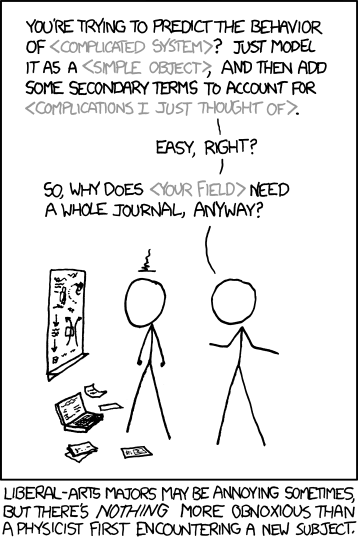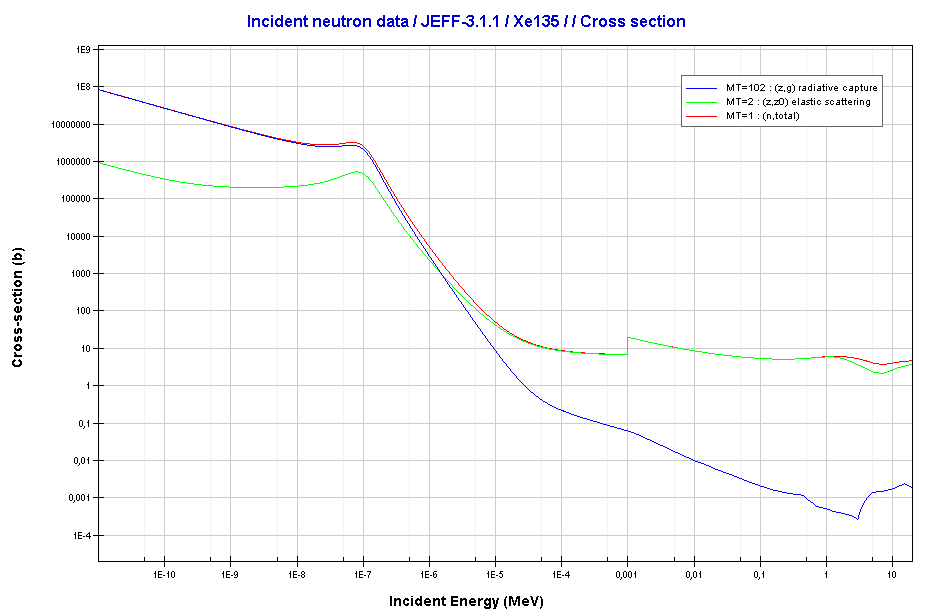In this series of blog posts I will discuss some of the assigned readings for the Sustainable Planning Seminar (Urban Planning/Geography/Landscape Architecture 446) at the University of Illinois at Urbana-Champaign (UIUC). The reading for this week were selected chapters from the book Sustainable Energy – Without the Hot Air by David JC. MacKay. However, this week I was also (self) designated as the discussion leader for the topic “Energy and Climate,” so I read the entire book. It just as well, since this book was also assigned reading for the classes ENG 571, “Theory, Energy, and Sustainable Engineering.”
Finally, I will add this blog post as a book review on Goodreads. The superior social media.
TL;DR
MacKay offered an excellent introduction to the complex and intertwining issues surrounding sustainable energy. Inexperienced but curious readers will find it elucidating. For more experienced readers, this book serves as a nice refresher course and good practice.
I would recommend this book to anyone with at least a passing interest in energy and climate change.
Full review
David MacKay is a British physicist and treats the twin issues of energy and climate change as physicists are trained to treat most problems: by examining limiting cases and making approximations.

Through this, MacKay explains that a country like the United Kingdom cannot be powered by renewable energy alone. At least, not without changes on either the demand or supply sides.
In part one, the author/ methodically reviews most sources of renewable energy and most sinks of electricity and heat. In this way, the book is a handy reference.
The second part of the book is devoted to changes that could be made to the demand side, that could make a 100% renewable energy system “possible,” and the changes to the supply side that could make it easier to preserve current standards of living. Solving the climate crisis and reducing carbon emissions is a hard problem that MacKay treats with the respect it deserves.
One criticism I had was an apparent inconsistency in his assumption and subsequent discussions about nuclear energy. When adding nuclear power to the “balance sheet” used throughout the book, he assumes that those reactors are either “thorium” reactors or fast-breeder reactors. Later, when discussing issues of renewable intermittency, he refers to the inability of nuclear reactors to “load follow” rather uniformly. As though this were a flaw in all reactor designs. This is simply untrue, and the reactor designs he assumed earlier do not have that flaw**. This is a minor gripe, but molten salt reactors can absolutely load follow.
** This is because reactor load following is mostly limited by the build up of xenon poison. Molten salt reactors can actively remove xenon gas, while fast reactors can “ignore” that fission product because fast spectrum neutron absorption in xenon is quite low. There are of course other considerations to be made, but that’s beyond the scope of this review and MacKay’s book.
